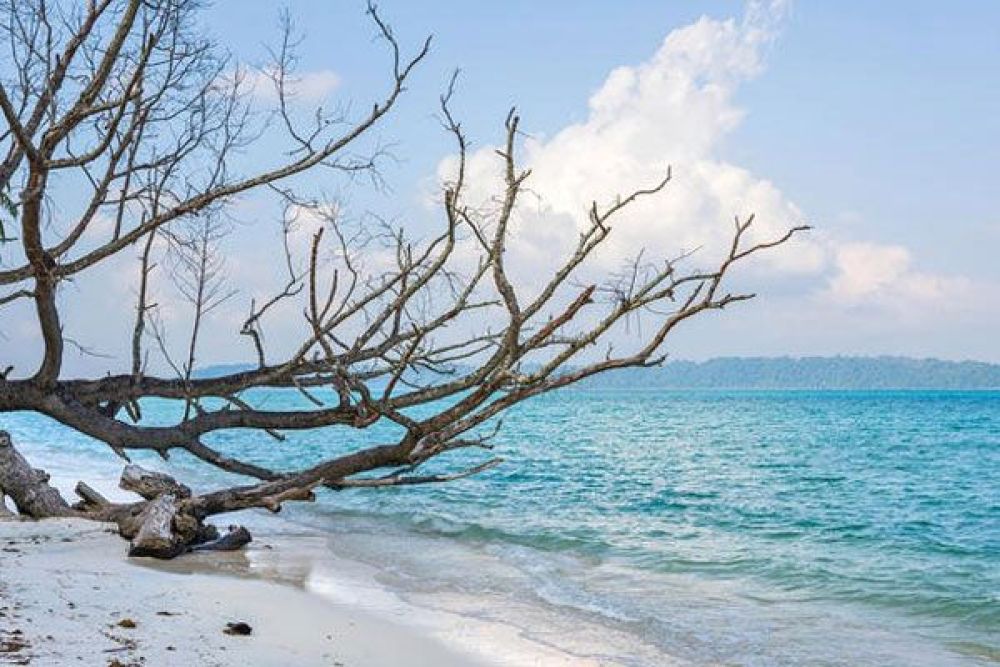

The Andaman and Nicobar Islands, an archipelago in the Bay of Bengal, have been a coveted travel destination for those seeking natural beauty and serenity. Among the numerous beaches on these islands, Vijaynagar Beach on Havelock Island (renamed as Swaraj Dweep) stands out as a slice of paradise for tourists from around the globe. The tourism history of this stunning locale is a testament to its irresistible allure.
Tourism in the Andaman and Nicobar Islands took off when the Indian government started promoting the pristine beauty of these islands in the late 20th century. Havelock Island, because of its white-sand beaches and clear blue waters, became especially prominent. Vijaynagar Beach, also known as Beach No. 5, is one of its several beautiful stretches of sand.
Though the Andaman and Nicobar Islands have been inhabited for thousands of years by indigenous tribes, modern tourism began to take shape in the 1980s and 1990s. The Indian government invested in infrastructure, including transport and accommodations, to make the islands more accessible to tourists. As awareness grew, so did the number of visitors to Havelock Island and Vijaynagar Beach.
With the turn of the century, the tourism industry saw the construction of numerous resorts, hotels, and guesthouses along Vijaynagar Beach. This development aimed at providing comfortable stays for tourists while trying to maintain the pristine nature of the environment. Efforts to conserve the marine life and coral reefs surrounding the island also became a priority, adding an element of eco-tourism to the area.
In recent years, tourism trends have shifted towards sustainable and responsible tourism. Vijaynagar Beach has adapted to these trends by promoting eco-friendly practices, such as banning plastic and regulating tours to protect the marine ecosystem. Water sports like scuba diving and snorkeling have become extremely popular, owing to the rich marine biodiversity around the island. Additionally, wellness tourism has also picked up, with many resorts offering yoga and spa retreats amidst the natural tranquility of the beach.
Moreover, experiential travel has been on the rise, with visitors yearning for authentic, cultural interactions and unique experiences. To cater to this, local guides offer heritage walks, showcasing the history of the island as well as the lifestyle of the local inhabitants.
The outbreak of the COVID-19 pandemic did impact tourism significantly, but the industry is recovering, with safety and hygiene protocols in place to ensure the health and well-being of tourists and residents alike.
The story of tourism at Vijaynagar Beach is one of growth, adaptation, and preservation. From its early days as a hidden gem to its current status as a must-visit destination in India's island tourism circuit, Vijaynagar Beach continues to enchant travelers with its serene beaches and vibrant underwater life. As tourism trends evolve, this captivating beach remains a place where visitors can find peace, adventure, and connection with nature.